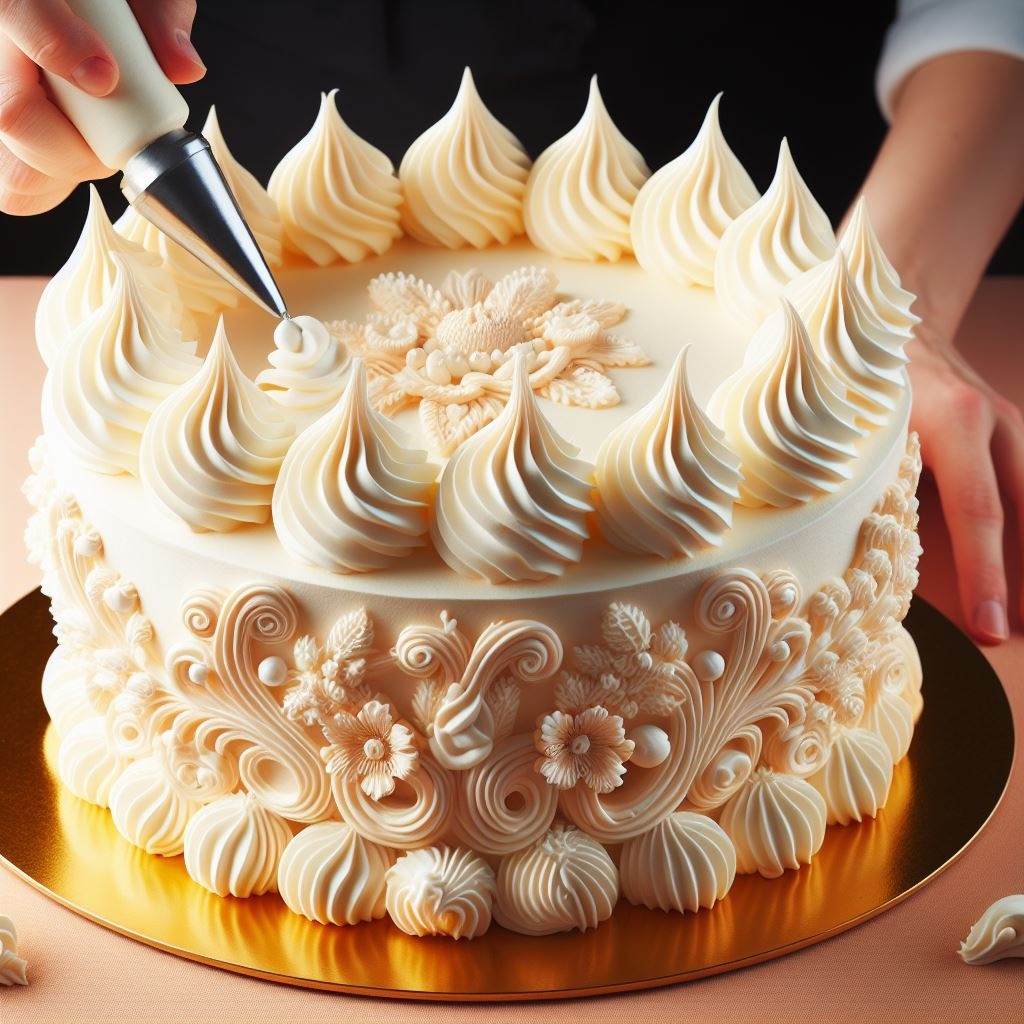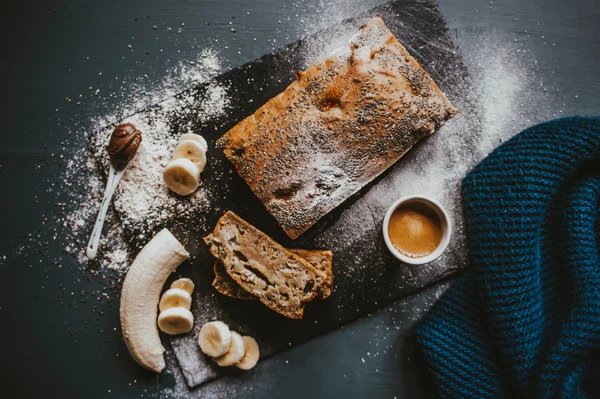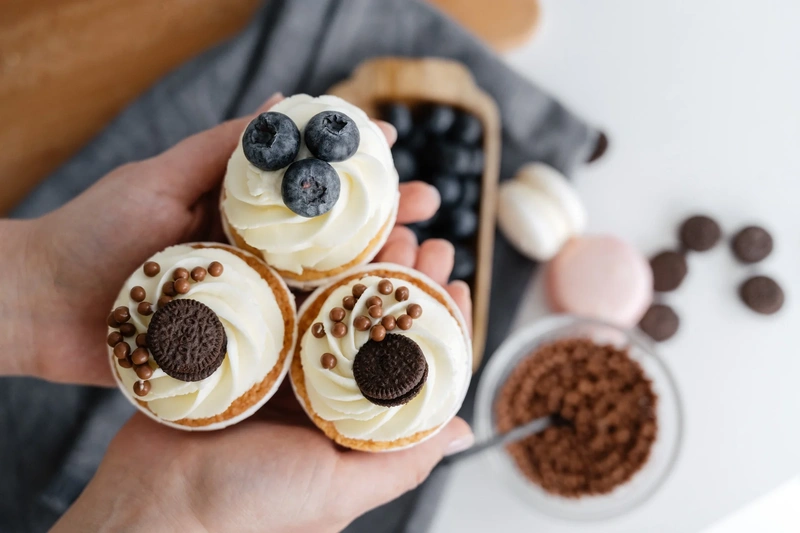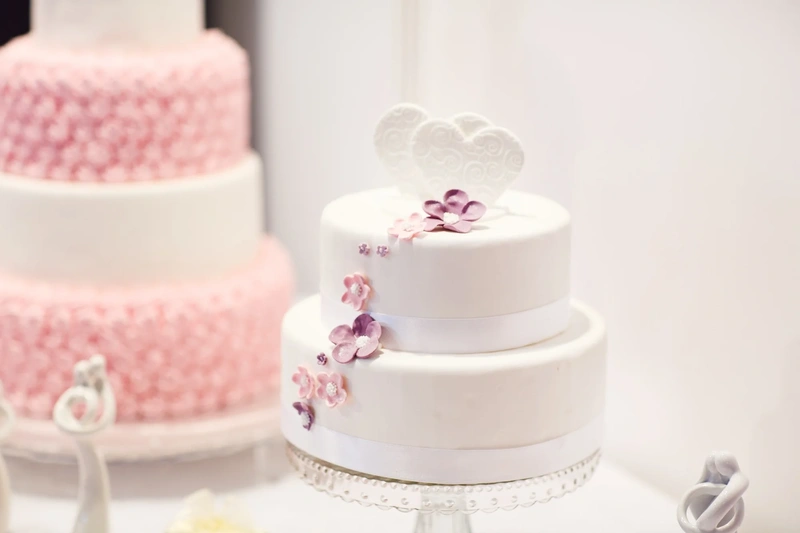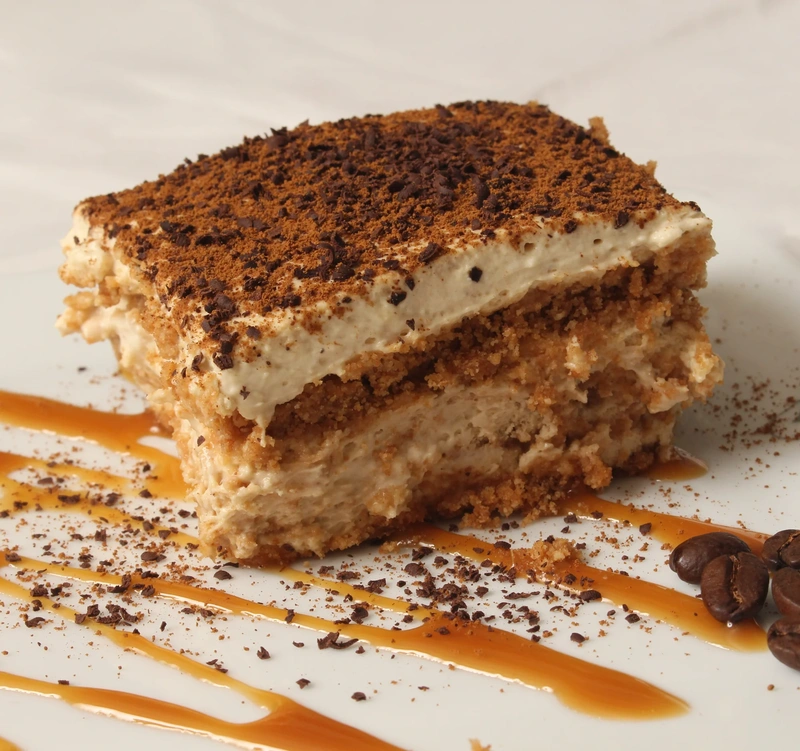Understanding Whipping Cream: Types and Differences
Whipping cream is a versatile ingredient beloved by bakers for its ability to add richness, creaminess, and volume to a wide range of desserts and baked goods. With whipping cream, you can design intricate shapes (here are some classic whipping cream decorative designs) on your cakes and desserts. There are several types of whipping creams available, each with its own unique characteristics:
- Dairy Whipping Cream: Traditional whipping cream is made from dairy milk and contains a high percentage of milk fat, typically ranging from 30% to 36%. This high fat content is what gives dairy whipping cream (see Tropolite Cook 'N' Whip or you can also inquire about our latest arrival- Wexford Irish Dairy Whipping Cream) its creamy texture and ability to hold stiff peaks when whipped. For the master bakers and chefs, these dairy whipping creams with high fat percentage enable you to create intricate cake and dessert topping designs. Plus, they also have use in culinary dishes like gravies, soups and a whole range of gourmet creations.
- Non-Dairy Whipping Cream: Non-dairy whip toppings or whipping creams (see India's Best-selling Tropolite Premium whipping cream or Tropolite Ecotrop or Tropolite Neotrop non-dairy creams) are plant-based alternatives to traditional dairy whipping cream. These creams are typically made from ingredients such as coconut milk, soy milk, or almond milk and are often fortified with stabilizers and emulsifiers to mimic the texture and functionality of dairy whipping cream.
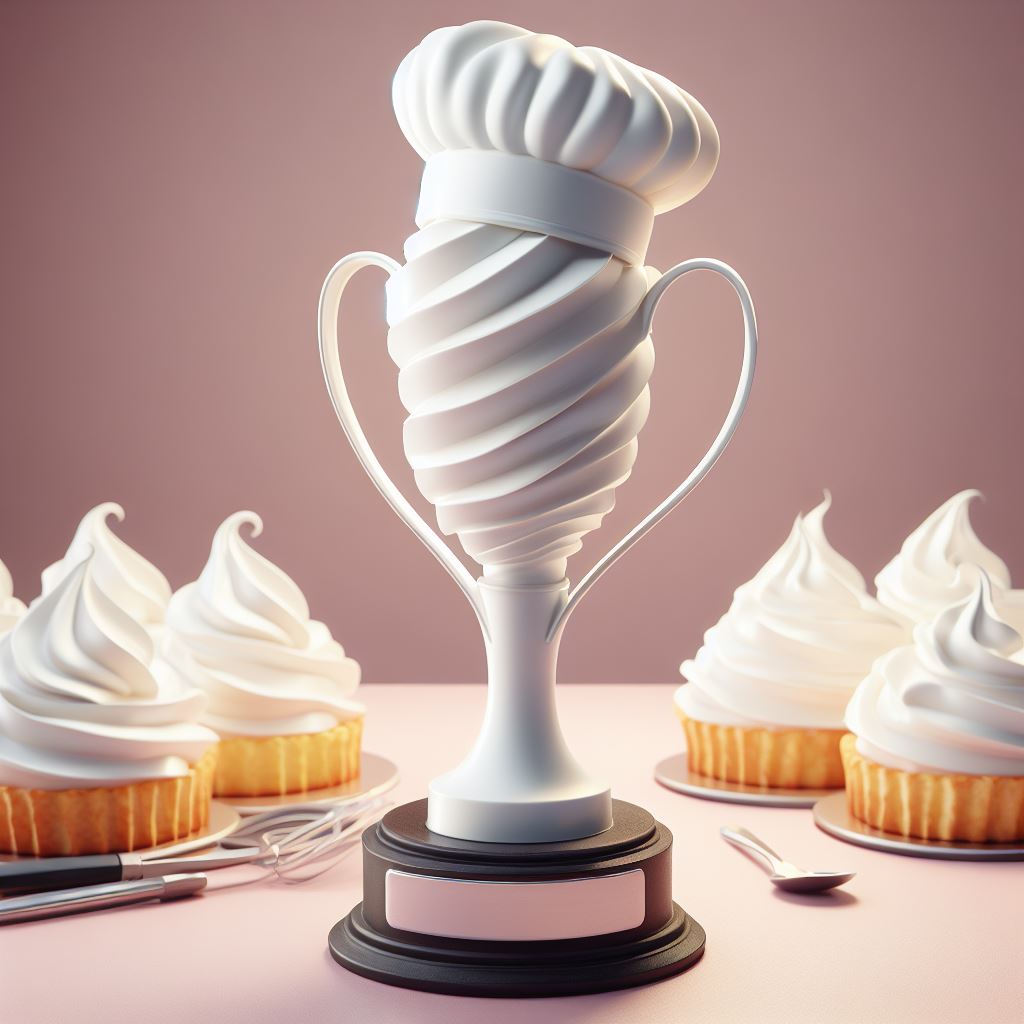
- Vegan Whipping Cream: Non-dairy whipping cream may not necessarily be vegan. While it doesn't contain dairy, it could still contain other non-vegan ingredients such as additives, stabilizers, or emulsifiers derived from animal sources or would have traces of dairy due to cross-contamination during the manufacturing process. Hence, if you are vegan conscious, then go for pure vegan whipping creams (see Tropolite Svenson's or Tropolite Crystal). Vegan creams are made from a variety of plant-based ingredients and are designed to whip and hold peaks like traditional whipping cream and also have taste quotient.
Understanding Heavy Cream
Heavy cream, also known as heavy whipping cream, is a type of dairy cream that contains a higher milk fat content than regular whipping cream. While the terms "whipping cream" and "heavy cream" are often used interchangeably, there is a slight difference between the two. Heavy cream typically contains a fat content of 36% or higher, making it ideal for recipes that require extra richness and stability, such as ganache or pastry cream. However, majority of chefs and bakers do still use the standard whipping creams as replacements in a number of dessert creations. Experiment and see the results.
Mastering the Whisking Process
Achieving perfectly whipped cream is both an art and a science. Here's a step-by-step guide to mastering the whisking process:
- Chill Your Equipment: Before you begin, make sure your mixing bowl and whisk attachments are thoroughly chilled. Cold equipment helps the cream whip faster and hold its shape better.
- Choose the Right Cream: Select whipping cream with a high fat content for the best results. Dairy whipping cream with a fat content of at least 30% is ideal, as it provides the necessary richness and stability.
- Begin Whisking: Pour the whipping cream into your chilled mixing bowl and start whisking at a low speed. As the cream begins to thicken, gradually increase the speed to medium-high. (You can also mix in other bakery ingredients like colours and flavour extracts to create unique, delicious whipping creams like Chocolate Whipped Cream.)
- Watch for Soft Peaks: Keep a close eye on the cream as you whisk. Soft peaks will form when the cream is thickened but still flows slightly. This is the stage at which you can add any desired sweeteners or flavorings.
- Continue Whisking to Stiff Peaks: Once soft peaks have formed, continue whisking until stiff peaks form. Stiff peaks are characterized by cream that stands upright and holds its shape when the whisk is lifted.
- Avoid Over-Whipping: Be careful not to over-whip the cream, as this can cause it to become grainy or separate. Stop whisking as soon as stiff peaks form to prevent over-whipping.
Storing Leftover Whipping Cream
To ensure that leftover whipping cream stays fresh and doesn't spoil, follow these storage tips:
- Refrigerate Promptly: After whipping, transfer any leftover cream to an airtight container and refrigerate it immediately. Cold temperatures help slow down the growth of bacteria and keep the cream fresh.
- Use Within a Few Days: Whipped cream is best enjoyed fresh, so try to use any leftovers within two to three days. Over time, whipped cream may begin to deflate and lose its volume, so it's best to enjoy it as soon as possible.
- Re-Whisk Before Serving: If the cream has softened or deflated during storage, simply give it a quick whisk before serving to restore its volume and texture.
In conclusion, mastering the art of whipping cream is essential for any aspiring baker. By understanding the differences between dairy, non-dairy, and vegan whipping creams, learning about heavy cream, mastering the whisking process, and following proper storage techniques, you'll be well-equipped to create bakery-quality desserts that are sure to impress. So, roll up your sleeves, grab your whisk, and let the creamy magic begin! To get you going, you can shop the premium whipping creams right now from Tropolite’s Online Store.




